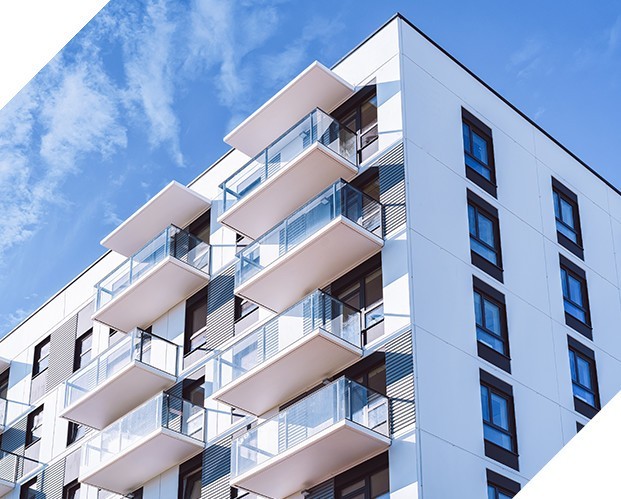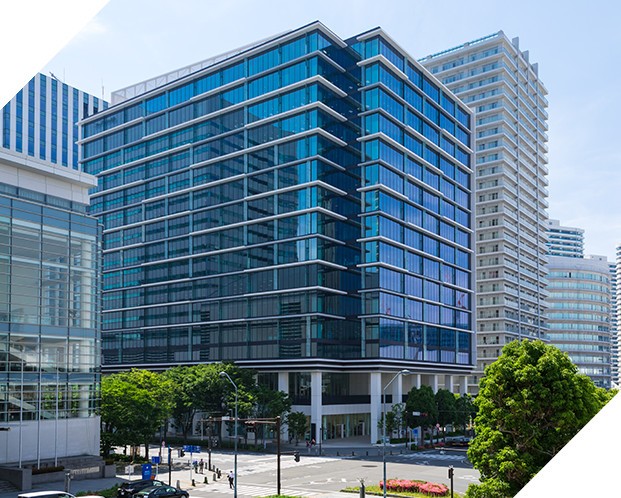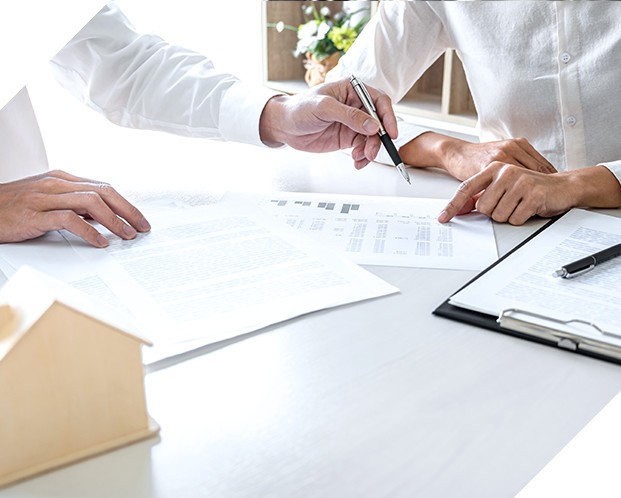
Sale and leaseback transactions
Obtain additional capital for development and investments.
We are actively seeking real properties owned by companies with annual turnover above
100 million PLN.
100 million PLN.

Sale and leaseback consists of two interconnected stages. First, the owner sells their property to an investor, and then signs a lease agreement, thus continuing to run their business within the same scope and on the same property. The agreement often guarantees a pre-emption right to the seller following the lease period.

Sale and leaseback – features
Sale and leaseback is a solution providing many companies with significant resources for development. Banks capital sources often require own contribution. Leaseback provides capital representing 100% of the property’s value. This is particularly advantageous for big companies with turnover exceeding 100 million PLN, whose assets include essential manufacturing, office, warehouse or industrial properties.Benefits for your company
- Financing in the amount of the property’s market value
- Full flexibility in spending the money earned on the sale – investments, liability repayment, dividend
- Lease period, purchase option, service fees – at the parties’ decision
- Monthly rent independent from WIBOR – a cheaper alternative in the time of increasing interest rates
- Quick decision process

Sale and leaseback transactions
Sale and leaseback is a proven and attractive way for medium and large companies to gain capital. In Western Europe and United States of America, this has been a successful method for many years, and both the number and the volume of leaseback transactions are continuously growing. In Poland, this form of funding is gradually becoming popular among big company owners aiming at increasing their development, as well as those struggling with restructuring.
The idea behind the sale and leaseback
The sale and leaseback process can be described in one short sentence: “A company sells their real property and then leases the same property back”. Two agreements result from this transaction: the first one is the real property sales contract, and the second one is the lease contract for the same real property. The proposed lease period is long, 10 years minimum, with extension possibility or pre-emption or purchase option – fully safeguarding further unlimited transactions of the company within the facility.
Sale and leaseback benefits
The benefits from such a transaction are of key importance. The seller gains funds, hitherto frozen in the real property; the funds can be further spent on new investments, liability repayment or dividend distribution. This is also a quick and often cheaper method of gaining funds than through credit. You maintain the full right to use the real property in the same capacity as before. Moreover, the enterprise may include the rent in the costs incurred in connection with earning the revenues. On the other hand, the buyer – the fund – gains stable inflow from the rent for many years, which is its main goal.
Sale and leaseback in Poland
In Poland, decision-makers are increasingly interested in the possibility to utilize sale and leaseback for their companies’ development. They perceive the transaction as a significant alternative to traditional sources of financing and as a way to improve financial performance of their organizations – in particular those with high revenue, where capital needs are the highest.
Sale and leaseback is most often used by companies owning industrial, logistic, office or commercial real properties. Such companies as Danone, Orange, Philips, METRO or DSV, among others, have used this solution in recent years. The transactions they have made are worth over 1 billion EUR.

If you own a building and want to sell it contact us.
Your questions will be answered by Mariusz Stępień, INWI's CFO.
We are interested in purchasing buildings up to €200 million.
Media on sale and leaseback transactions
Webinar
In 2020, together with the French-Polish Chamber of Commerce, we organized a webinar that provided lots of information on sale and leaseback transactions.Effectiveness confirmed by satisfied customers
Thorough understanding of the real property market confirmed by numerous reference letters from legal counsels, highly qualified real property experts and building owners.
If you own a building and you would like to sell it, contact us.
Your questions will be answered by Mariusz Stępień, INWI’s CFO.
We are interested in purchasing buildings for up to 200 million EUR.
FAQ
How big is the part of the property’s value that you can gain with a sale and leaseback transaction?
The seller may get 100% of the market value of the property under the leaseback transaction.
What is the average lease period?
The average lease period is 15 years. The seller signs a long-term lease contract with the buyer and may continue their business activities within the property. The rent amount in the contract is usually stipulated in EUR and is inflation-indexed annually.
What may the company spend the acquired funds on?
The seller may use the proceeds from sales for any purpose, depending on their needs, e.g. a new investment or repayment of part of liabilities. Additionally, there is some flexibility in terms of the lease contract language – the rent and the lease period are negotiable, allowing the Seller to settle lease liabilities on a comfortable level.
Does sale and leaseback transaction involve lengthy paperwork?
Unlike other forms of financing, SLB does not require regular and extensive financial reporting. This way the seller may focus on their main business.
Other services
 Land development
Land development Building investment
Building investment Property valuation
Property valuation Studies and analyses
Studies and analyses


